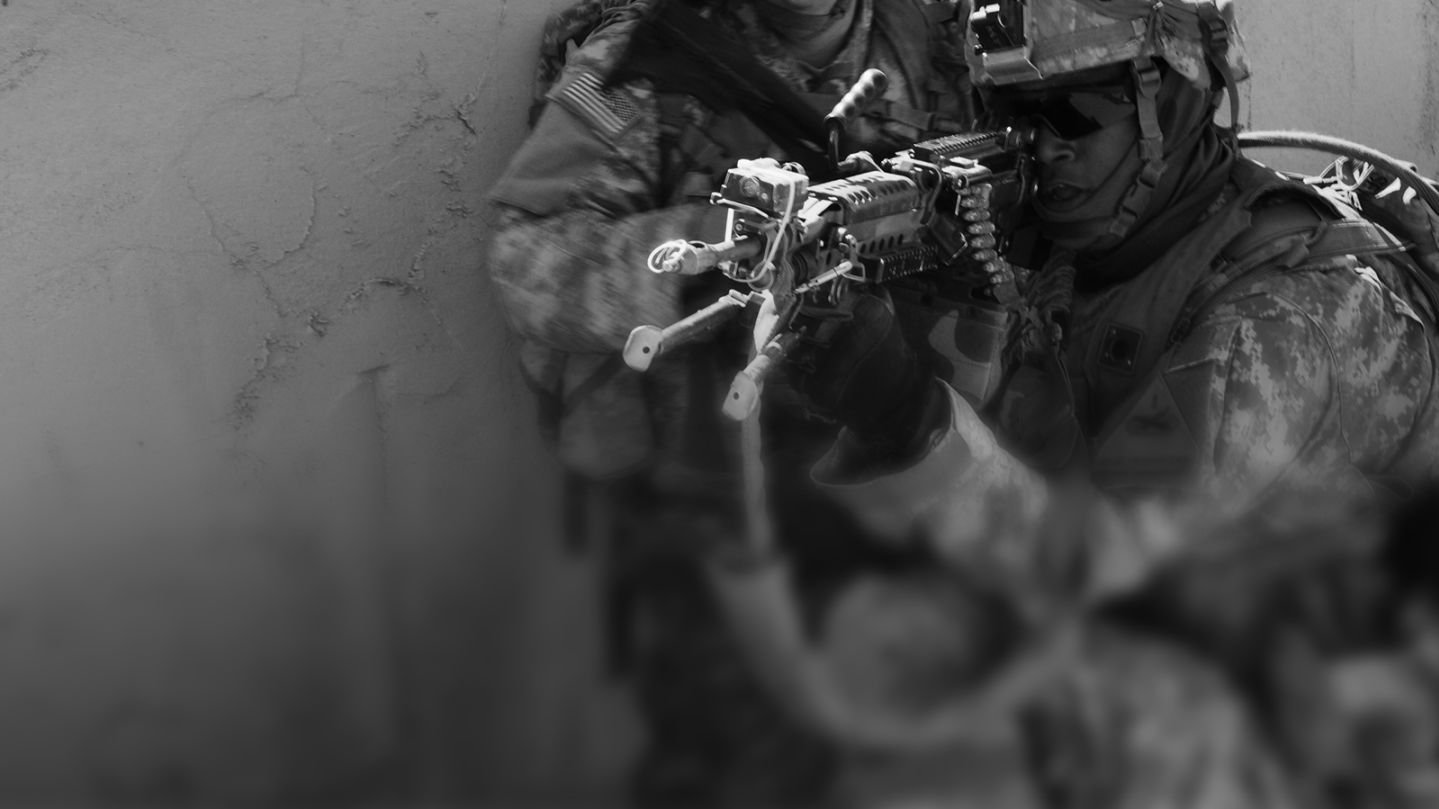Story highlights
"Funeral for 13,000" in southwest Georgia will remember soldiers who died 150 years ago at Civil War prison
Events Friday through Sunday will recall stories of courage, despair at Andersonville
Observances coincide with annual National POW/MIA Recognition Day
On Saturday, at a cemetery in southwest Georgia, a long overdue funeral will be conducted.
Not for one man, but 13,000.
Music, remarks, wreaths and the procession of a caisson bearing a wooden casket will give those who exhaled their last breath in the putrid air of an overcrowded Civil War prison the dignity and funeral they never received when their gaunt remains were carted off to the burial ground.
Events planned Friday through Sunday at Andersonville National Historic Site would have been important to thousands who suffered there 150 years ago, said historian and author Lesley Gordon, who will give presentations and speak at the 12:45 p.m. memorial service.
“I think it gives a sense of closure,” said Gordon.
For staff members at the historic site, the weekend is the culmination of its sesquicentennial observance of an often-overlooked aspect of the war: Away from the battles that are famous today – Gettysburg, Antietam, Shiloh – thousands of men on both sides endured wretched conditions. At Andersonville alone, nearly 13,000 soldiers and civilian captives died over 14 months – an average of more than 30 a day in that span. Overall, 30,000 Union and 26,000 Confederate soldiers died in captivity.
Officials hope that visitors don’t see the events just as a history lesson. There are larger questions of how soldiers transition to civilian life. How a nation binds its wounds after war and tells the story of those who were held captive in all wars. The observance coincides with the annual National POW/MIA Recognition Day.
There also are the individual stories of men who felt real hardship and made choices with life-or-death implications. For those who survived those prisons, the return to family and community often was difficult.
“It doesn’t end in a neat signature and the laying down of arms,” said Stephanie Steinhorst, acting chief of interpretation at Andersonville.
Read more: Civil War prisoners clawed for survival
‘Chaos and human limitation’
A visitor to Andersonville, about a 2½-hour drive south of Atlanta, will have moments of keen loss and sadness while driving or walking the grounds of the stockade site and adjoining national cemetery.
At one point in the summer of 1864, some 33,000 Federal soldiers were packed into the prison. The sun beat mercilessly on them and they made shelter of anything they could get their filthy hands on. Inside and not far from the stockade wall was the “deadline,” a series of wooden bars a prisoner could not touch or pass without the prospect of being shot by Confederate guards.
“I don’t see how anyone could fail to be troubled and moved by the stockade, with its deadlines, escape tunnels and Providence Spring,” said Judson Mitcham, the poet laureate of Georgia. “That subtext of such clean, well-kept grounds is chaos and human limitation, and I can’t walk across the stockade field without feeling challenged and defeated by its awful irony. Even the sky looks different from there.”
Mitcham will recite his “Prayer at Andersonville, 2015” at Saturday’s funeral. It will seek to address “the better angels of our nature,” a line made famous by President Abraham Lincoln.
Steinhorst said the simple, ceremonial casket brought to the cemetery rostrum will be covered by a U.S. flag bearing 35 stars, the number of states during the conflict.
The casket has been displayed at the site’s museum, filled with paper stars made by students and others across the country.

“The Memory Star program exceeded our expectations, with over 16,000 stars arriving at the park. The stars represent many things, each defined by the person who crafted them,” the park said. “Some are dreams or the future jobs of young students, others are memorials to soldiers long buried, and still others honor mothers and fathers who currently serve as soldiers. From a Civil War perspective the combined 16,000 stars reflect the joint fatalities at Andersonville and another prison, such as Elmira Military Prison in New York.”
Among those taking part in the events is retired U.S. Army Brig. Gen. Rhonda Cornum, who suffered injuries when an American helicopter was shot down in 1991 during the Persian Gulf War. She was held captive by Iraqi forces. Andersonville is home to the National Prisoner of War Museum.
The keynote speaker Saturday will be Sergeant Major of the Army Daniel A. Dailey, who will talk about how soldiers transition to civilian life.
Importance of a proper burial
Gordon, a professor at the University of Akron in Ohio, will be making her first visit to Andersonville. But it’s not unfamiliar territory: Her book, “A Broken Regiment: The 16th Connecticut’s Civil War” draws heavily on prison records and journals written by members of the regiment. About 400 were taken prisoner in North Carolina and sent to Andersonville; about 100 to 120 died in captivity.
The regiment was still haunted by the ignominy it suffered at Antietam in September 1862. The underprepared and ill-led soldiers fled the field.
At Andersonville, the prisoners grappled with their failure. But there came moments of courage and heroism as they helped each other during their harrowing months. Their sacrifice and solidarity brought them redemption, Gordon said.
Still, they lamented that fallen comrades rarely received a religious service. They made sure that changed in the years after the Civil War.
“Many of the survivors made a point of insisting when anyone in their regiment died they provided a reverent burial,” said Gordon.

While there were joyous homecomings, many veterans suffered from their physical and mental wounds. The professor will speak at presentations of the enduring effects of “war trauma.”
Descendants of prisoners and guards – who also suffered during the prison camp’s history – will be among those making the pilgrimage, said Steinhorst.
A memorial illumination will be held Friday and Saturday evenings on the stockade site. Bags with yellow lights inside will be placed along the gentle hills.
At a place where thousands starved, visitors will be able to donate canned goods at the museum or at the front gate during the illumination. The items will go to the Harvest of Hope Food Pantry in nearby Americus.
“We want to make sure the 150th anniversary helped folks,” Steinhorst said.




